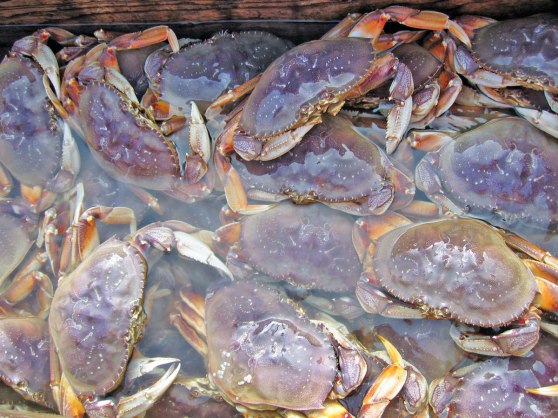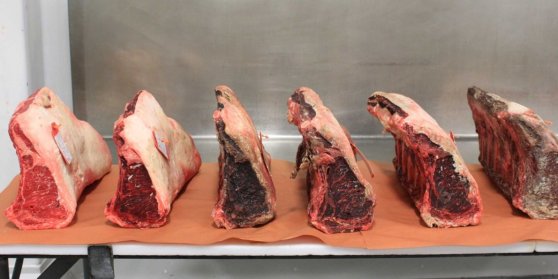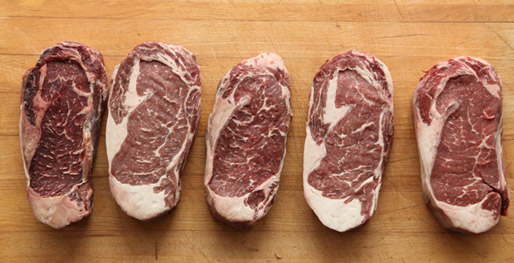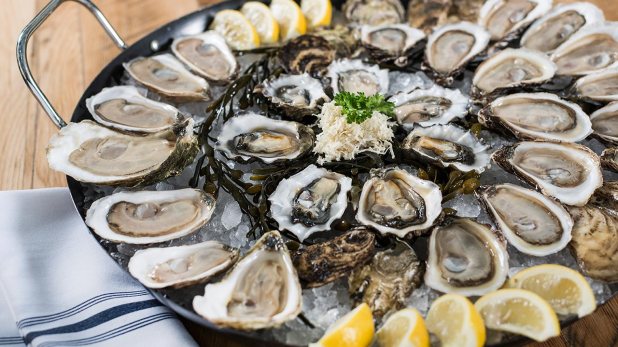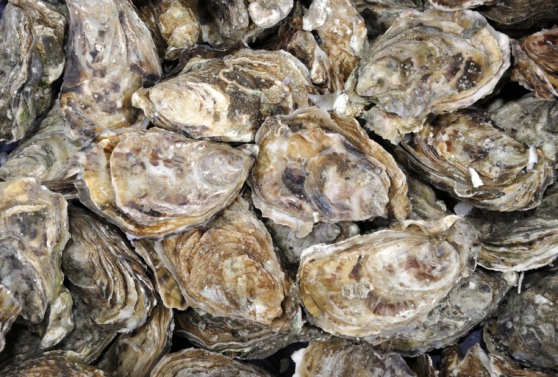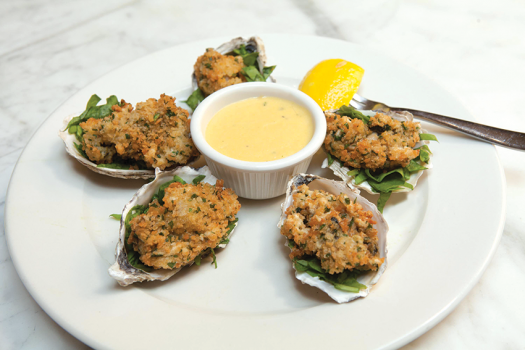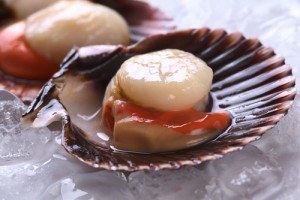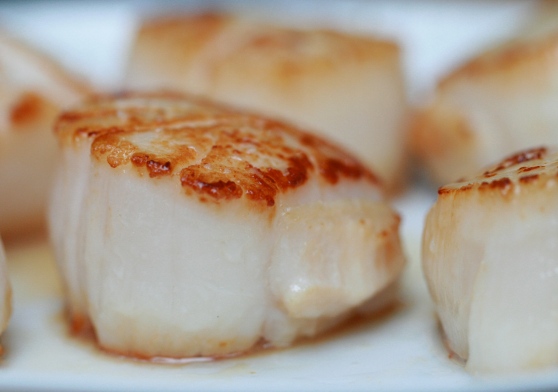A simple slow cooked ragu is simple and tasty. Once you get it going you just let it simmer away for a few hours. This recipe is for a lamb ragu, however the method will work for any ragu you would want to make. Rabbit ragu is also fantastic.
It’s simple in the method as well as the food and equipment you’ll need. What you’ll need:
Olive Oil
Onion
Carrot
Celery
Fennel
Salt/Pepper
Oregano
Thyme
Rosemary
Mint
Red wine
Diced or ground lamb
Tomato paste
Canned tomatoes
Pasta
Ricotta cheese
First of all you’ll make you’re mirepoix. Dice your onions, celery, fennel and carrot. In a large pan sweat your vegetables in olive oil and season.
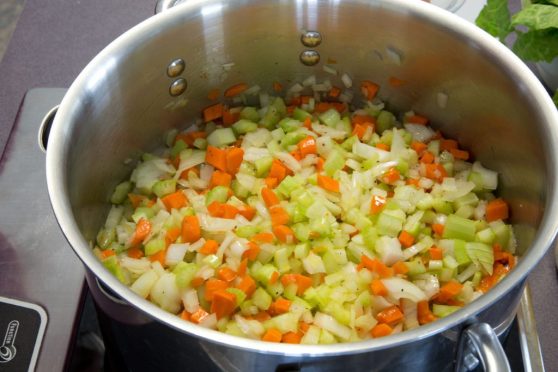
Now you’ll chop and add your herbs. I tend to go moderate on the herbs. This can make the difference between an okay and a really good ragu. Depending on the protein you’ll be using in the ragu adjust what herbs you’ll use. For this recipe I use oregano, thyme and rosemary. Lamb is a gamey protein so you’ll want herbs that can stand up to that. I love basil, but it doesn’t add much adding it now. It’s too light and delicate for this recipe to come through enough in the final flavor of the ragu.

Add your tomato paste at this point. Stir it around and let it fry out. Let most of the moisture cook out. This will create a fond on the bottom of your pan. The stuff thats kind off cooked onto the bottom. Now you’ll want to deglaze this with your red wine. I just use a simple table wine.
 Add your canned tomatoes and water. Now is when you let it simmer for hours. Cook until your diced lamb is falling apart. If you used a minced lamb this would take less time, however the texture of the chunky lamb is nicer. Gently simmer don’t let it boil. Adjust your seasoming at this point.
Add your canned tomatoes and water. Now is when you let it simmer for hours. Cook until your diced lamb is falling apart. If you used a minced lamb this would take less time, however the texture of the chunky lamb is nicer. Gently simmer don’t let it boil. Adjust your seasoming at this point.
For this recipe and ragus in general, use a bigger pasta. I prefer a short pasta like a penne or papradelle. Fresh pasta is perfect for this kind of recipe. Cook it al dente in seasoned water.
In a separate smaller pan add as much ragu as you want and your pasta and stir. Let it sit for a minute. It will be extremely hot so it’ll stay warm for a minute. This helps the pasta and ragu come together as one the most they can.
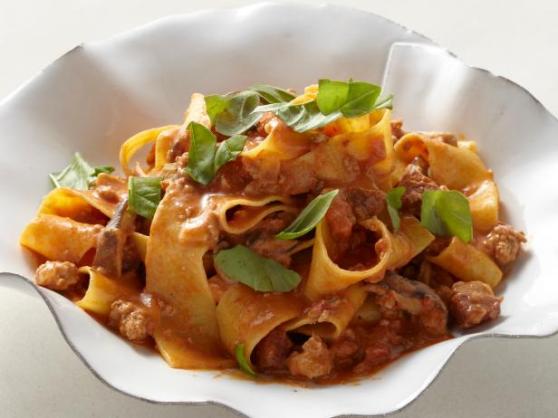
Ricotta cheese does this a lot of good. The creamy soft cheese with the rich tomato sauce is a match made in heaven. Finish with a little chopped mint and you’re ready to serve.




